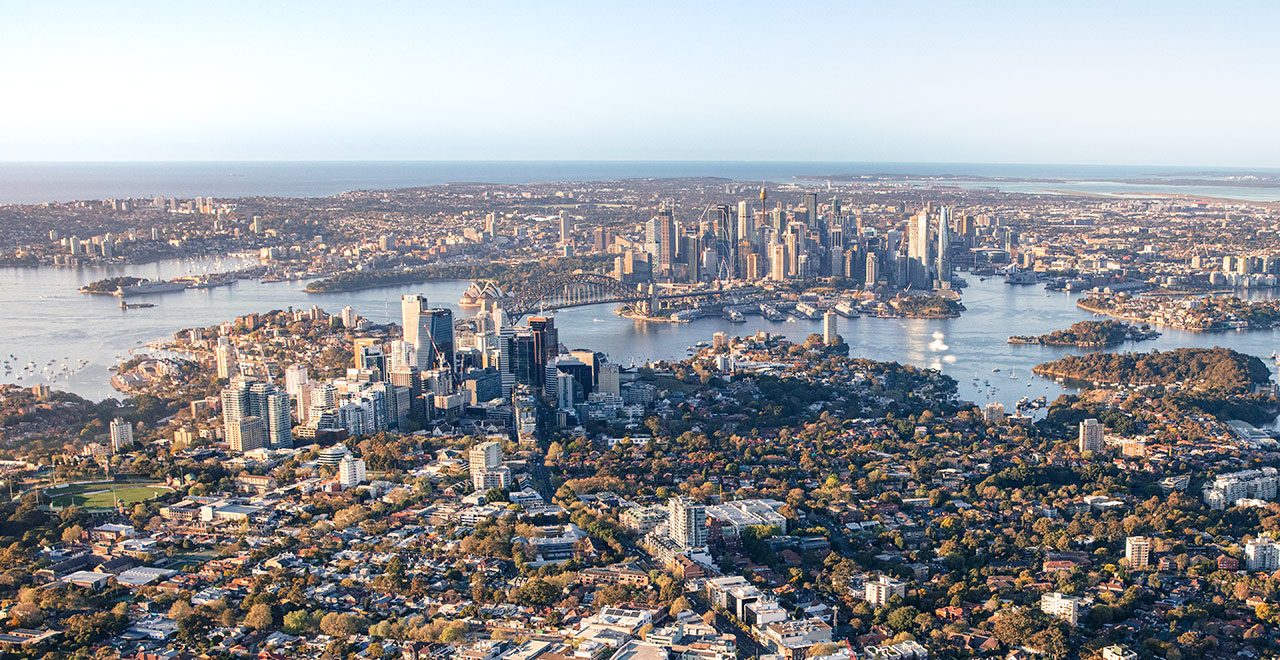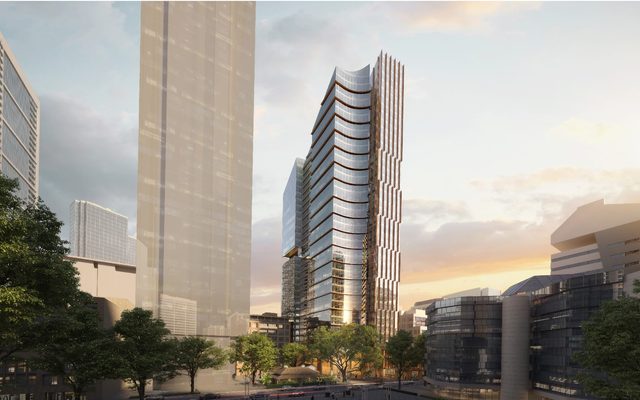This article is from the Australian Property Journal archive
THE City of Sydney is backing in build-to-rent to help solve the housing crisis, offering developers up to 75% more floor space for developments as part of its endorsement of changes to planning and development rules.
Endorsement of the amendments to the Sydney Local Environment Plan 2012 will now see the draft changes presented to the NSW Department of Planning and Environment for a gateway determination.
“The proposed changes to our local planning controls balance the need for additional housing and the workplaces of the future while protecting and enhancing the City’s character, public spaces and sustainability,” Lord Mayor Clover Moore said.
Changes include new incentives for build-to-rent housing in the CBD, embedded Net Zero building controls, the promotion of increased tree canopy and green roofs and a streamlined processes for design excellence and major development applications.
Developers would be given between 20% and 75% more floor space for build-to-rent development for both conversions and new builds, depending on the site location. This would apply to applications made within a five-year time frame from when the changes are formally approved.
“We’ve seen build-to-rent work well overseas to help address the housing crisis, with these types of developments providing stable and secure accommodation for renters,” Moore said.
“In addition to increasing rental stock in Central Sydney, this type of accommodation has high occupation rates. That is great for inner-city vibrancy and avoids situations where international investors leave newly built flats empty for capital gain.
“Build-to-rent housing does not sit idle with lights out, as some high-end investor apartments do, and these developments will help revitalise and boost the local economy.”
The announcement follows the topping out of CBD’s purpose-built build-to-rent tower, perched directly above the new Sydney Metro Gadigal station. Upon completion, Investa’s Indi Sydney will stand 39 storeys, providing 234 apartments, across a mix of one, two and three-bedroom configurations and accommodate more than 500 residents.
The Sydney CBD’s current vacancy rate was 4.3% in November, according to SQM Research.
Incentives for co-living, controls for more bedrooms
The City made its proposed changes after reviewing the drop in demand for non-premium office space in Sydney following the pandemic. Vacancy rates are at 14.5%, JLL data says.
Developers will also be able to access 20% more floor space for co-living accommodation to encourage co-living developments to stimulate an increase in student and low-income worker accommodation.
“We know that students are one of the groups that have been hit hardest by the rental crisis in Sydney, with lack of appropriate accommodation and affordability both major issues,” Moore said.
“By offering these additional floor space incentives we hope landowners and developers will create more co-living accommodation in areas like Haymarket area, which has proved popular with students in Sydney.”
The proposed changes also focus on creating more family-friendly accommodation, looking to reduce the number of two-bedroom apartments permitted in a residential development while raising the minimum number of units with three bedrooms or more.
Moore there has been a steadily increasing number of families living in apartments “right across the City but especially in urban renewal areas like Green Square”.
The proposed changes would see a minimum of 20% of dwellings in new residential developments made up of three-bedroom-plus apartments to help provide more suitable accommodation for families, ideally located on the ground floor or near to the building’s communal open space.
The changes also encourage more sustainable buildings, with height incentives for buildings that include green roofs. Incentives will be introduced for developers to install lifts and stairs for roof access, shade structures, accessible bathrooms and kitchen facilities to encourage better use of communal and social spaces on top of residential apartment buildings.
The NSW government last week announced that unleash a major rezoning around Sydney transport hubs and more than 30 other locations across the state in a bid to unlock residential supply amid the housing crisis, as well as relocating Rosehill Racecourse into a racing and residential precinct, as part of meeting its share of the National Housing Accord.
The National Housing Accord aims to deliver 1.2 million “well-located” new homes over five years nationally, with NSW’s share coming in at about 75,000 homes per year. Completion rates are closer 25,000 annually.




